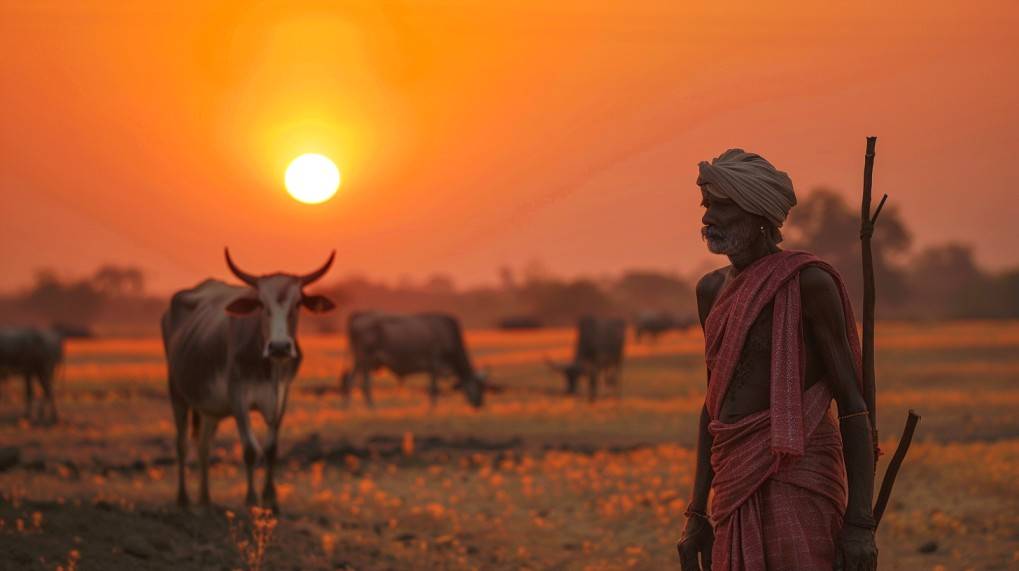
Inflation and hyperinflation have long been economic concerns, but now a new term is emerging in the context of climate change: heatflation. The impact of rising temperatures and increased frequency of extreme weather events, such as floods and droughts, is posing significant threats to agriculture and fisheries worldwide. Among the various challenges facing the food industry, climate change stands out as the most daunting.
What is Heatflation?
Heatflation refers to the increase in food prices caused by extreme heat events Heatwaves are impacting a whole range of crops worldwide, including peanuts, cocoa, and coffee. They are becoming more frequent and stronger due to climate change. As crops suffer and yields diminish, the supply of food decreases, driving prices up. This phenomenon threatens global food security by making food less accessible and affordable.
Vulnerable populations, including those living in poverty and rural areas, are disproportionately affected, as they spend a larger portion of their income on food. Additionally, heatflation can aggravate social inequalities and lead to increased malnutrition and hunger in affected regions.
How is Heatflation Impacting food security?
Extreme heat can have severe impacts on crops in several ways. High temperatures can stress plants, making them more vulnerable to pests and diseases. This stress can also lead to water scarcity, resulting in crop failure. Furthermore, heat can reduce the nutritional quality of food, lowering its overall value and making it more likely to spoil.
For instance, heatwaves can cause crops like wheat, corn, and rice to wither before harvest, leading to significant losses in yield. Fruits and vegetables can also be affected, becoming less flavorful and nutritious. Livestock is not spared either; heat stress can reduce meat and milk production, further exacerbating food shortages.
The consequences of heatflation are particularly severe for the world's most vulnerable populations. Those living in poverty or rural areas often rely heavily on local agriculture for both sustenance and livelihood. When crops fail or become too expensive, these communities face increased food insecurity and malnutrition. Additionally, the higher costs of food can strain already limited financial resources, making it even harder for these populations to access other necessities like healthcare and education.
Strategies to Combat Heatflation
Addressing heatflation requires a multi-faceted approach that includes both immediate and long-term strategies:
-
Investing in Resilient Agricultural Practices: Developing and adopting drought-resistant crop varieties and efficient irrigation systems can help mitigate the impact of extreme heat on agriculture. These practices can improve the resilience of crops to withstand higher temperatures and water scarcity.
-
Diversifying Food Production: Relying on a diverse range of crops can reduce the risk associated with the failure of any single staple crop. Encouraging the cultivation of a variety of food sources can help stabilize food supplies and prices.
-
Reducing Food Waste: Implementing measures to minimize food waste is crucial. This includes improving storage and transportation infrastructure to prevent spoilage and educating consumers about reducing waste at home. Making the most of the food produced can help buffer against the impacts of reduced yields.
-
Supporting Food Security Policies: Governments and international organizations need to implement policies that support food security. This could involve providing subsidies for farmers to adopt resilient practices, establishing food banks, and ensuring access to affordable food for all.
Heatflation represents a significant challenge in the fight against climate change and its impact on the food industry. We can begin to address the challenges posed by heatflation and protect the most vulnerable populations from its devastating effects by investing in resilient agricultural practices, diversifying food production, and, reducing food waste.
















